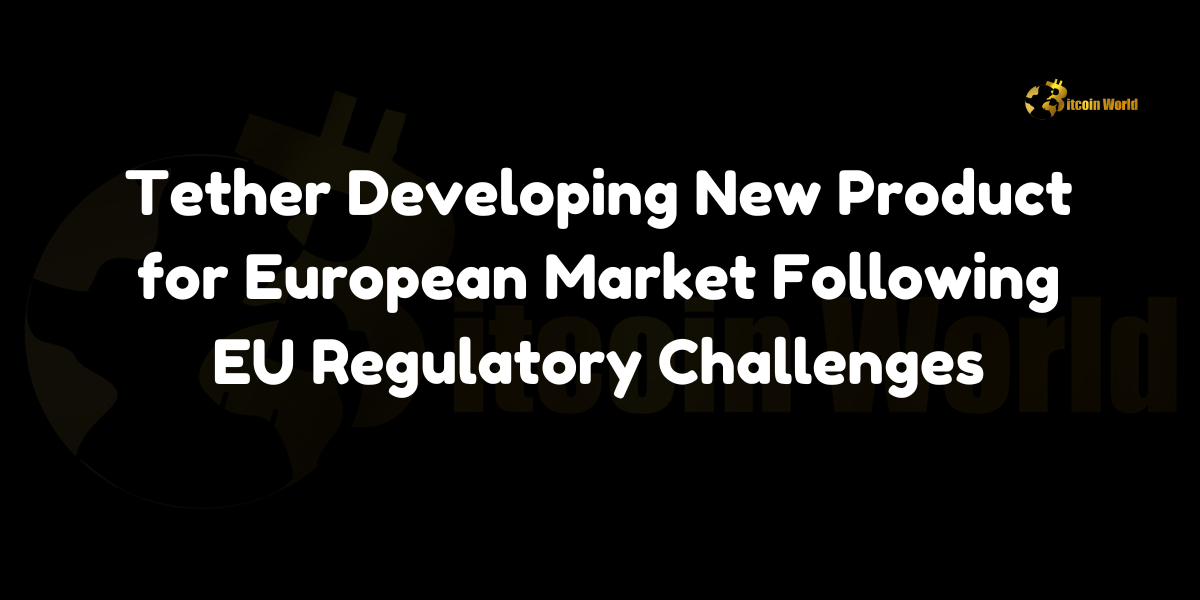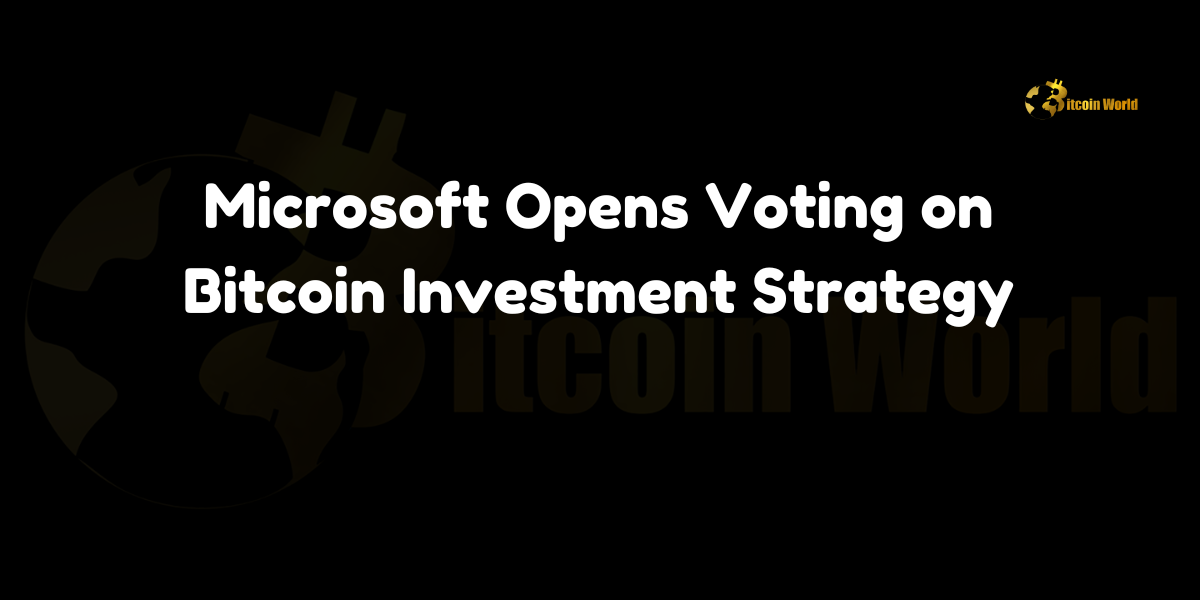Tether Developing New Product for European Market Following EU Regulatory Challenges
Tether, the issuer of the world’s largest stablecoin (USDT), is developing an alternative product specifically for the European market in response to mounting regulatory challenges. This move comes after Coinbase announced its decision to delist USDT in the European Union (EU) due to concerns over compliance with the European Markets in Crypto Assets (MiCA) regulation, according to Crypto Briefing.
MiCA’s Impact on Stablecoin Operations in the EU
The MiCA regulation, aimed at regulating crypto assets across the EU, imposes strict guidelines on stablecoin issuers. Tether expressed concerns that MiCA’s requirements make it more difficult for EU-licensed stablecoins to operate, citing potential risks to both local banking infrastructure and the stablecoins themselves. These challenges have pushed Tether to reconsider its approach to the European market and develop a new technology-based solution to meet regulatory expectations.
Tether’s New Solution for the European Market
In response to these developments, Tether announced that it is working on a new product offering tailored specifically for the European market. While the details of the product have not been fully disclosed, Tether has indicated that it will be designed to address the regulatory hurdles posed by MiCA, allowing it to continue serving its European customer base without risking non-compliance.
Tether’s decision to adapt its strategy highlights the evolving regulatory landscape in Europe and the need for stablecoin issuers to remain flexible and proactive in addressing new legal requirements.
Tether’s Role in the Global Stablecoin Market
As one of the most widely used stablecoins in the world, Tether’s USDT plays a crucial role in cryptocurrency trading, DeFi, and cross-border payments. However, the tightening of crypto regulations in key markets like the EU has forced stablecoin issuers to reassess their offerings and ensure they align with local laws.
Tether’s upcoming product for the European market signals its commitment to maintaining a presence in the region despite the regulatory challenges introduced by MiCA. By developing a compliant product, Tether aims to secure its position in Europe while avoiding the issues that led to Coinbase’s delisting of USDT in the region.
Conclusion
With the introduction of the MiCA regulation, Tether is taking proactive steps to ensure compliance with EU laws by developing an alternative product for the European market. This move follows Coinbase’s delisting of USDT in the region due to non-compliance concerns. As Tether prepares to launch its new product, it will be critical to see how the company navigates the changing regulatory landscape and adapts to ensure its continued growth in Europe.
To learn more about the innovative startups shaping the future of the crypto industry, explore our article on latest news, where we delve into the most promising ventures and their potential to disrupt traditional industries.





